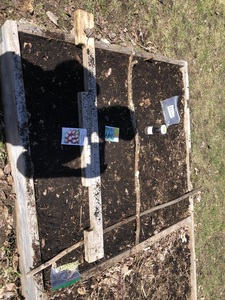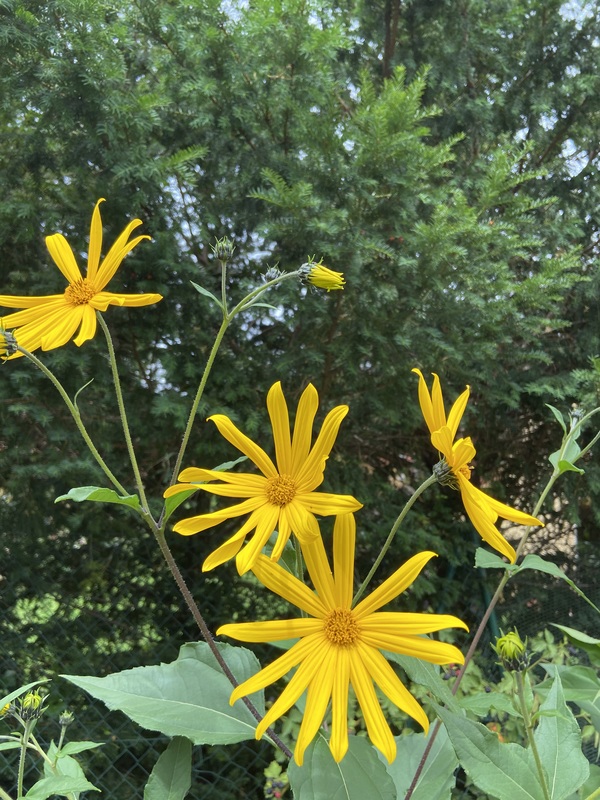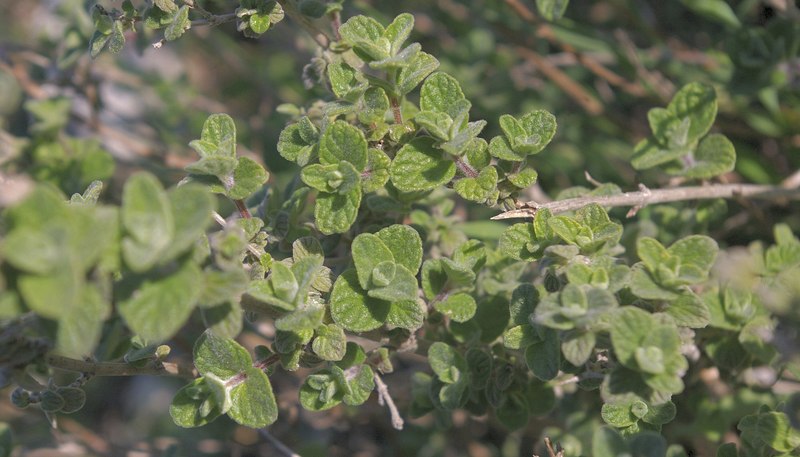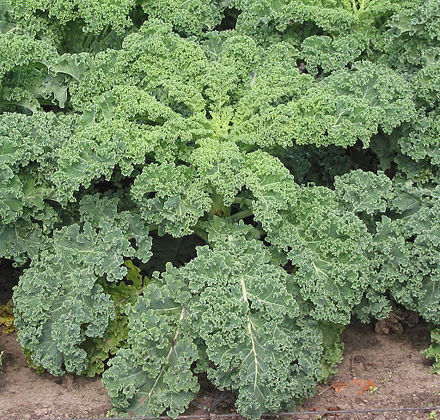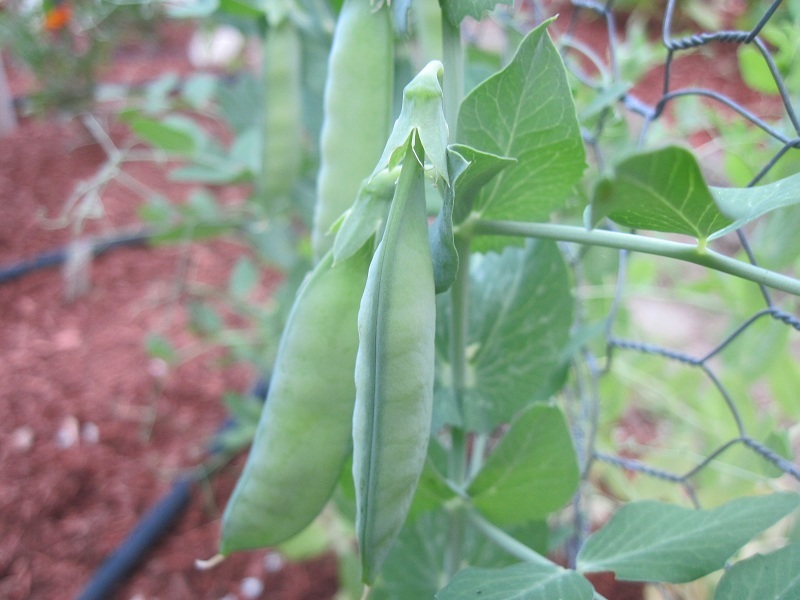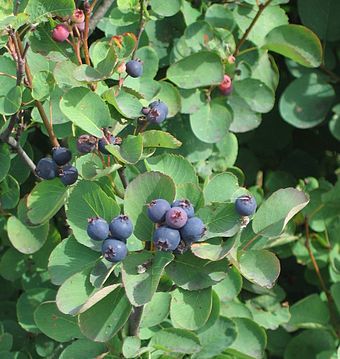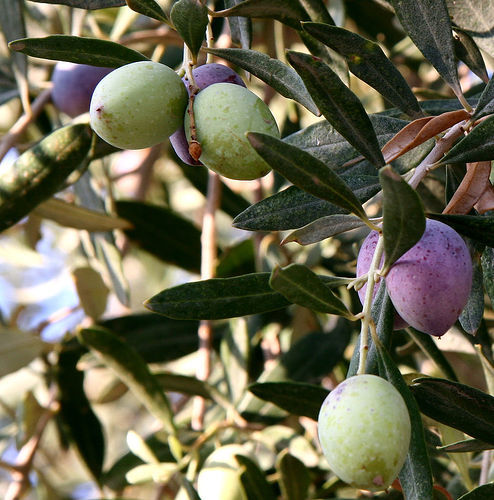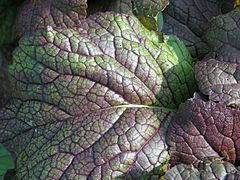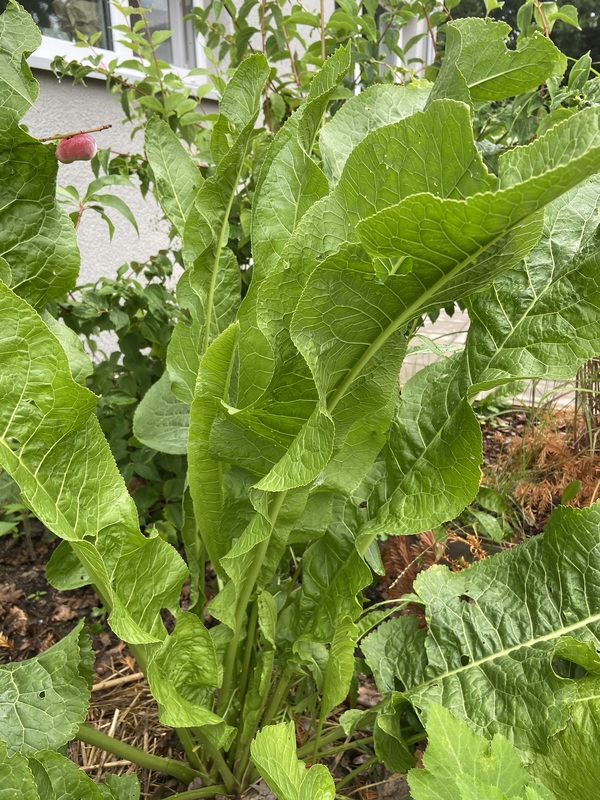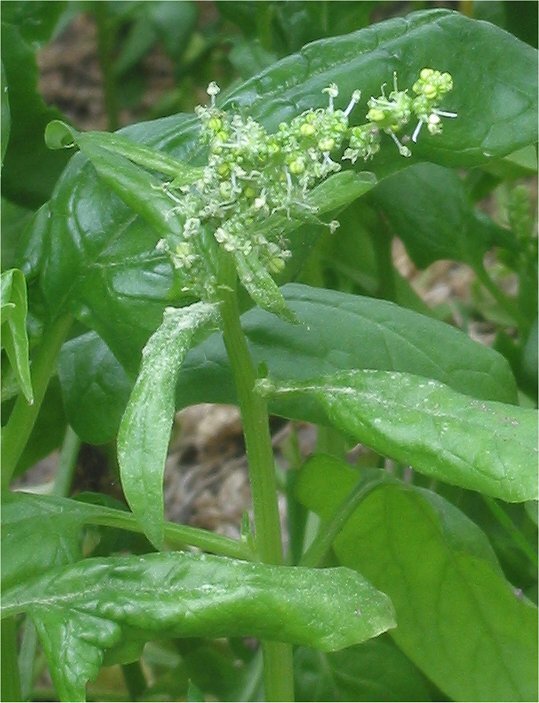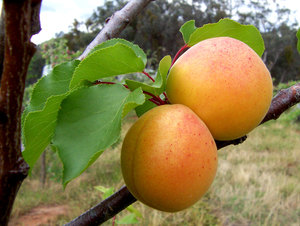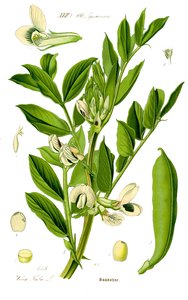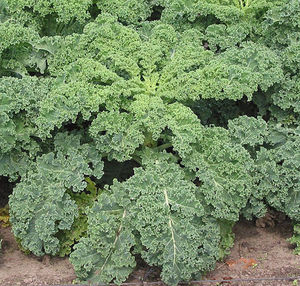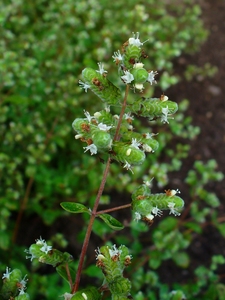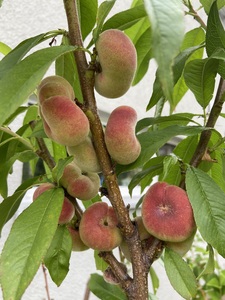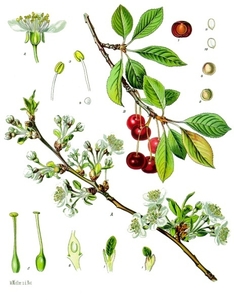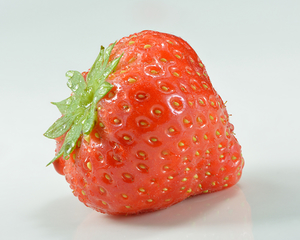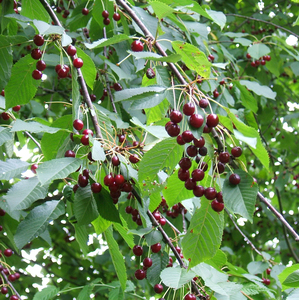Description
Spinach (Spinacia oleracea) is a leafy green vegetable native to central and southwestern Asia. The plant has smooth, glossy, and dark green leaves that are arranged in a rosette pattern. It has a long, thick stem that is typically green or red in color, depending on the variety. The plant grows to a height of 6-8 inches and produces small, inconspicuous flowers.
Spinach grows best in cool, moist conditions and prefers full sun or partial shade. To cultivate it successfully, the soil should be well-draining and rich in organic matter. The plant can be grown from seed and is typically ready for harvest in about 50-60 days. Successional sowing once per month/every two weeks is recommended for continuous supply.
Spinach is highly nutritious and is a good source of vitamins A, C, and K, as well as calcium, potassium, and iron. The edible parts of the plant include the leaves and stems, which can be eaten fresh or cooked. Spinach should be stored in the refrigerator and used within a few days of harvest to maximize its nutritional value.
In addition to its culinary uses, spinach has been used medicinally to treat a variety of conditions, including anemia, high blood pressure, and inflammation. The plant can also be used as a fertilizer, as its leaves are rich in nitrogen and other nutrients. Spinach can provide valuable habitat and food for a variety of wildlife, including birds and insects.

